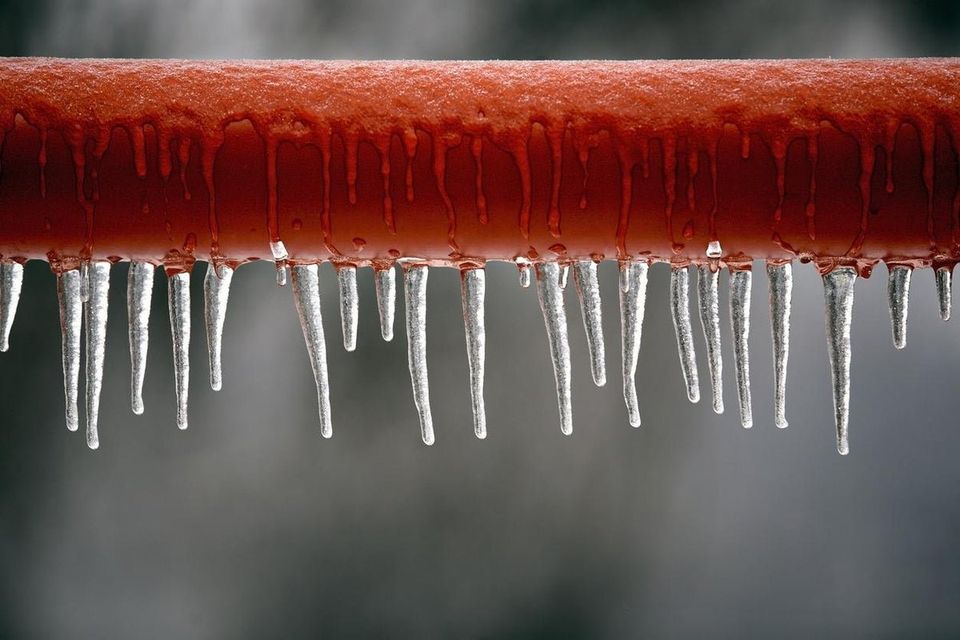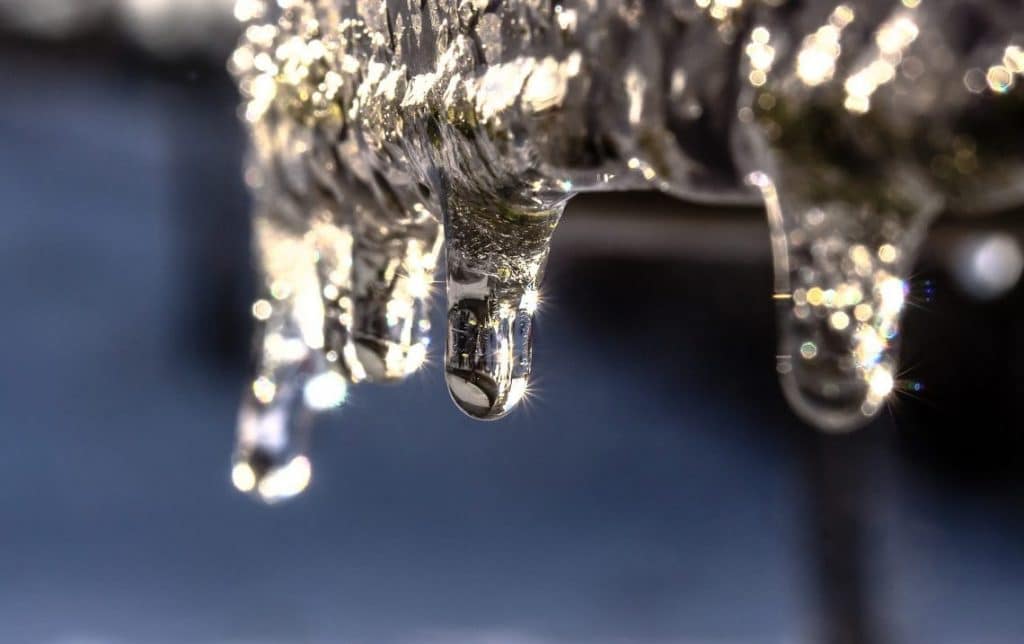Were you on the lookout for know-how about 6 Ways to Prevent Frozen Pipes?

Winter can damage your pipes, particularly by freezing pipelines. Here's exactly how to stop it from happening and what to do if it does.
Introduction
As temperatures decrease, the danger of icy pipes boosts, possibly causing costly repair services and water damage. Comprehending exactly how to avoid icy pipes is essential for homeowners in cool environments.
Prevention Tips
Protecting susceptible pipelines
Wrap pipes in insulation sleeves or utilize warm tape to safeguard them from freezing temperature levels. Focus on pipes in unheated or outside areas of the home.
Home heating methods
Maintain interior spaces effectively heated, particularly areas with plumbing. Open up closet doors to allow warm air to flow around pipes under sinks.
Just how to recognize frozen pipelines
Look for reduced water circulation from faucets, uncommon smells or sounds from pipes, and visible frost on subjected pipes.
Long-Term Solutions
Structural modifications
Consider rerouting pipelines away from outside walls or unheated areas. Include added insulation to attic rooms, basements, and crawl spaces.
Updating insulation
Purchase top notch insulation for pipelines, attic rooms, and wall surfaces. Appropriate insulation helps keep consistent temperature levels and reduces the danger of icy pipelines.
Shielding Exterior Pipes
Yard pipes and outdoor taps
Separate and drain pipes garden tubes before winter. Set up frost-proof spigots or cover outside taps with insulated caps.
Recognizing Frozen Pipelines
What creates pipes to freeze?
Pipes ice up when exposed to temperature levels listed below 32 ° F (0 ° C) for extended periods. As water inside the pipelines ices up, it increases, taxing the pipe wall surfaces and possibly creating them to break.
Risks and damages
Frozen pipelines can bring about water system interruptions, home damages, and expensive repairs. Burst pipes can flooding homes and trigger substantial architectural damage.
Signs of Frozen Pipes
Identifying frozen pipes early can stop them from rupturing.
What to Do If Your Pipelines Freeze
Immediate actions to take
If you believe icy pipes, keep faucets open to eliminate stress as the ice melts. Make use of a hairdryer or towels soaked in warm water to thaw pipes gradually.
Verdict
Stopping icy pipelines needs aggressive measures and fast reactions. By recognizing the causes, indications, and preventive measures, property owners can secure their plumbing during winter.
5 Ways to Prevent Frozen Pipes
Drain Outdoor Faucets and Disconnect Hoses
First, close the shut-off valve that controls the flow of water in the pipe to your outdoor faucet. Then, head outside to disconnect and drain your hose and open the outdoor faucet to allow the water to completely drain out of the line. Turn off the faucet when done. Finally, head back to the shut-off valve and drain the remaining water inside the pipe into a bucket or container. Additionally, if you have a home irrigation system, you should consider hiring an expert to clear the system of water each year.
Insulate Pipes
One of the best and most cost-effective methods for preventing frozen water pipes is to wrap your pipes with insulation. This is especially important for areas in your home that aren’t exposed to heat, such as an attic. We suggest using foam sleeves, which can typically be found at your local hardware store.
Keep Heat Running at 65
Your pipes are located inside your walls, and the temperature there is much colder than the rest of the house. To prevent your pipes from freezing, The Insurance Information Institute suggests that you keep your home heated to at least 65 degrees, even when traveling. You may want to invest in smart devices that can keep an eye on the temperature in your home while you’re away.
Leave Water Dripping
Moving water — even a small trickle — can prevent ice from forming inside your pipes. When freezing temps are imminent, start a drip of water from all faucets that serve exposed pipes. Leaving a few faucets running will also help relieve pressure inside the pipes and help prevent a rupture if the water inside freezes.
Open Cupboard Doors
Warm your kitchen and bathroom pipes by opening cupboards and vanities. You should also leave your interior doors ajar to help warm air circulate evenly throughout your home.

I recently found that review about 6 Ways to Prevent Frozen Pipes while doing a search on the web. Do you know somebody else who is excited by Winter Plumbing Precautions: Preventing Frozen Pipes? Why not promote it. We take joy in your readership.
Call Today
Comments on “Preventing Pipes from Cold Weather: Effective Methods”